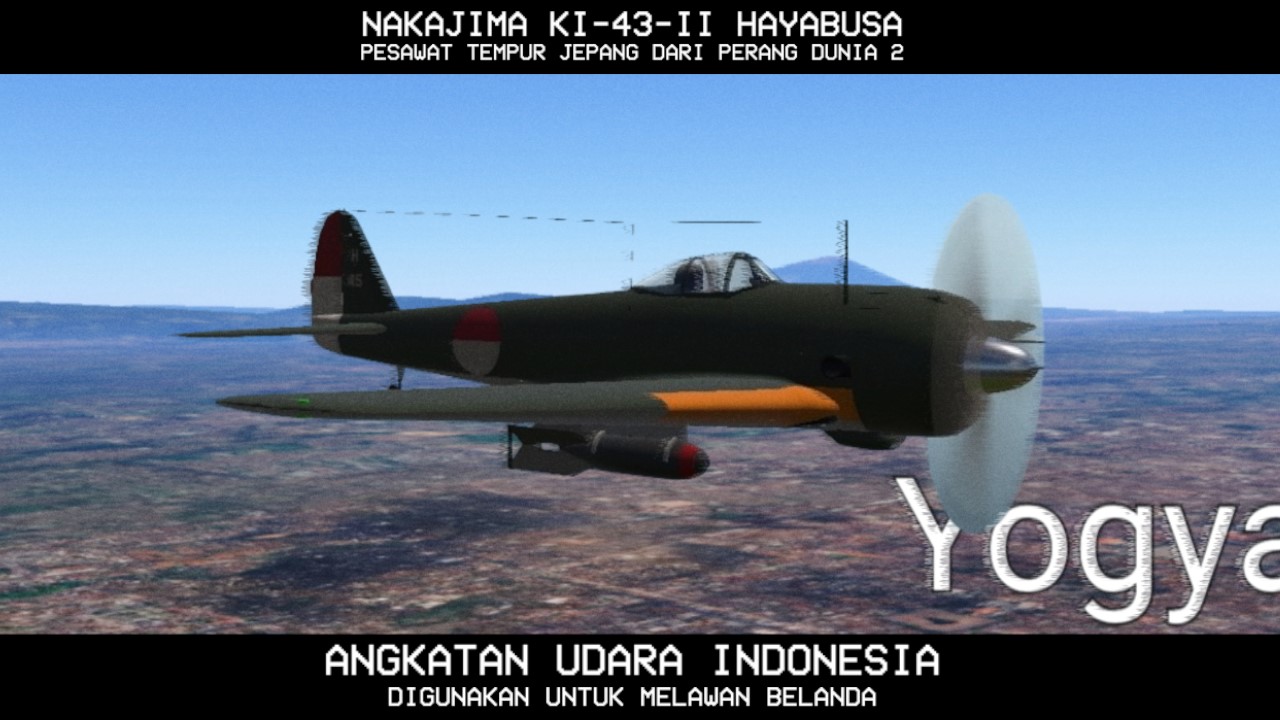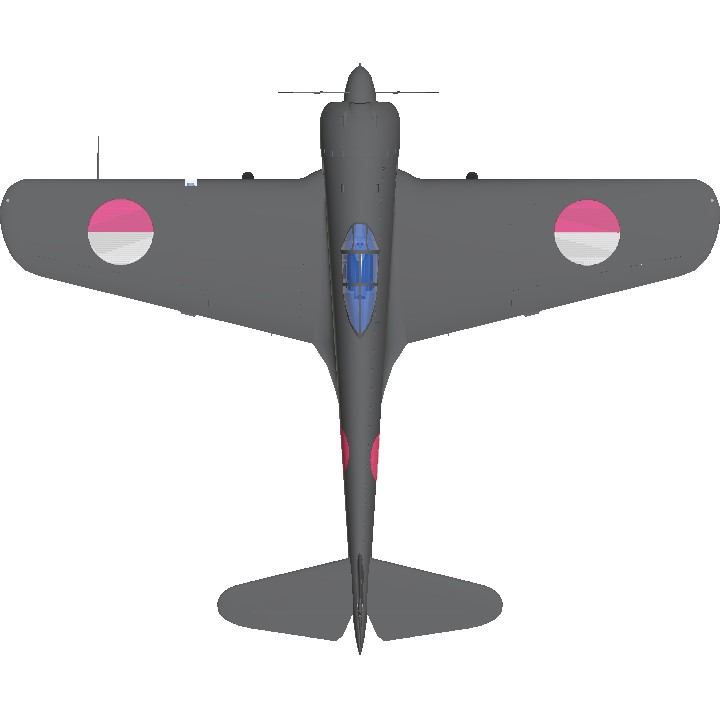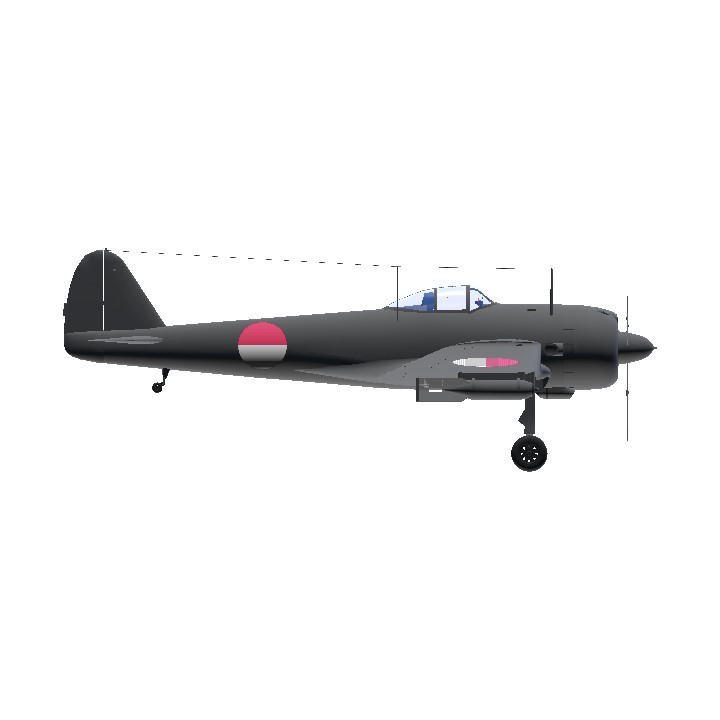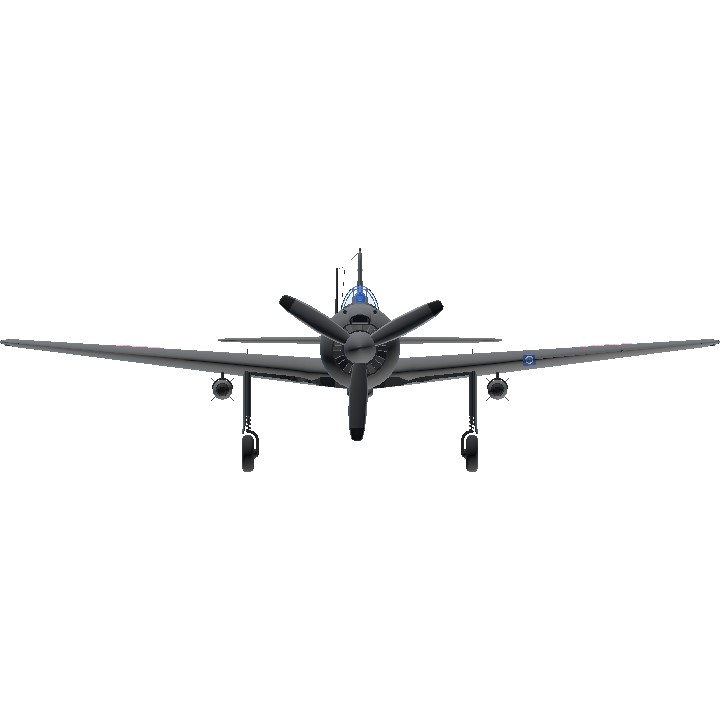So, what if you turned Alisuchanka's...
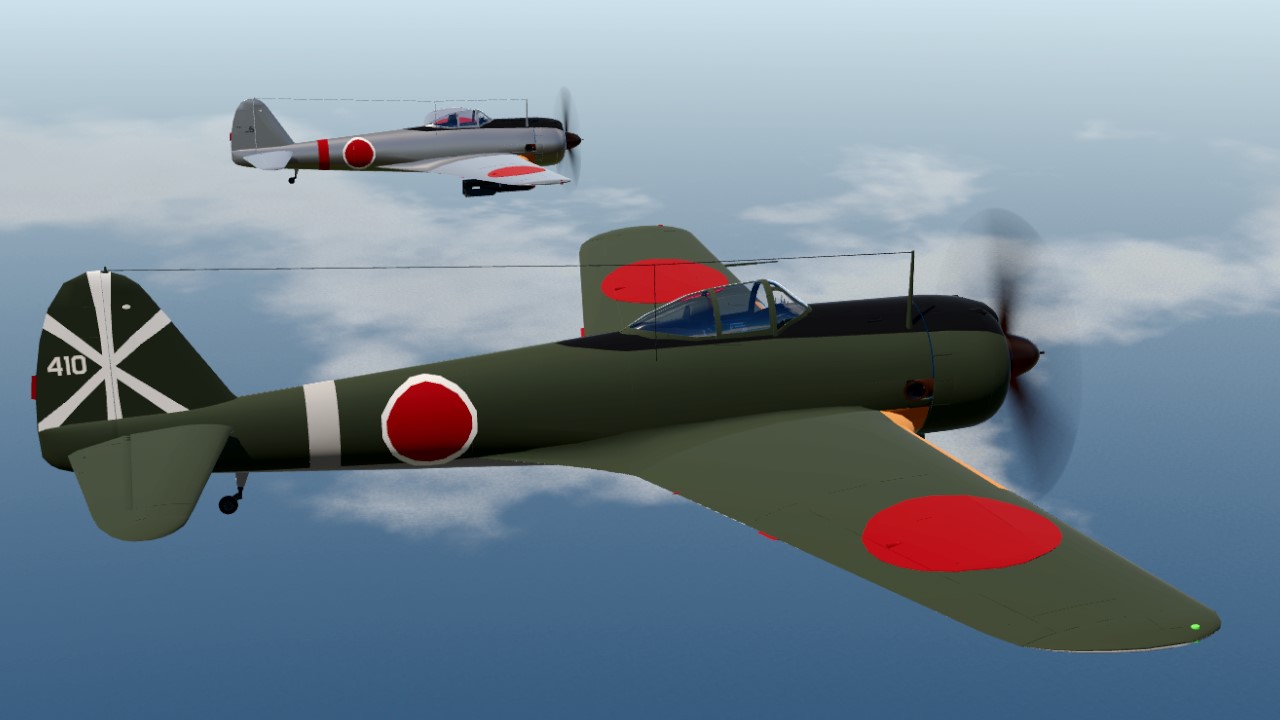
...into an Indonesian Air Force aircraft?
Some changes to this aircraft as follows:
- Replaced Japanese roundels (Hinomaru) into an early Indonesian Air Force roundel
- Repainted the aircraft's rudder, engine cowling, aircraft's propeller, engine's exhaust of an aircraft and spinner
The Nakajima Ki-43 Hayabusa ("Peregrine falcon"), formal Japanese designation: Army Type 1 Fighter (Ichi-shiki sentoki), is a single-engine land-based tactical fighter used by the Imperial Japanese Army Air Service in World War II.

A Japanese Nakajima Ki-43-II Hayabusa fighter.
The Allied reporting name was "Oscar", but it was often called the "Army Zero" by American pilots because it bore a certain resemblance to the Mitsubishi A6M Zero, the Imperial Japanese Navy's counterpart to the Ki-43. Both aircraft had generally similar layout and lines, and also used essentially the same Nakajima Sakae radial engine, with similar round cowlings and bubble-type canopies (the Oscar's being distinctly smaller and having much less framing than the A6M). While relatively easy for a trained eye to tell apart with the "finer" lines of the Ki-43's fuselage – especially towards the tail – and more tapered wing planform; in the heat of battle, given the brief glimpses and distraction of combat, Allied aviators frequently made mistakes in enemy aircraft identification in the heat of a dogfight, reportedly having fought "Zeros" in areas where there were no Navy fighters.
Like the Zero, the radial-engined Ki-43 was light and easy to fly and became legendary for its combat performance in East Asia in the early years of the war. It could outmaneuver any opponent, but did not initially have armor or self-sealing fuel tanks, and its armament was poor until its final version, which was produced as late as 1945. Allied pilots often reported that the nimble Ki-43s were difficult targets but burned easily or broke apart with few hits.
Total production amounted to 5,919 aircraft. Many of these were used during the last months of the war for kamikaze missions against the American fleet.
Use by Indonesia
Ki-43s abandoned in the Netherlands East Indies were taken over by the newly declared Indonesian government and put into service during the fight against Dutch forces.
Indonesian Air Force repaired derelict aircraft to fight Dutch colonial rule. The Ki-43 is currently preserved at the Museum Dirgantara Udara Yogyakarta near Adisucipto International Airport, was used to bomb Dutch strategic positions. However, mechanical problems grounded it.
Notes
- The aircraft's paint reference can be seen below on this image:

Indonesian Ki-43 in Dirgantara Mandala Museum. - Click here to see the original livery of this aircraft.
Specifications
General Characteristics
- Predecessor Ki-43-II Hayabusa
- Created On Android
- Wingspan 35.6ft (10.9m)
- Length 29.4ft (9.0m)
- Height 11.1ft (3.4m)
- Empty Weight 4,594lbs (2,084kg)
- Loaded Weight 5,874lbs (2,664kg)
Performance
- Horse Power/Weight Ratio 0.106
- Wing Loading 25.5lbs/ft2 (124.4kg/m2)
- Wing Area 230.5ft2 (21.4m2)
- Drag Points 1390
Parts
- Number of Parts 635
- Control Surfaces 7
- Performance Cost 2,633

